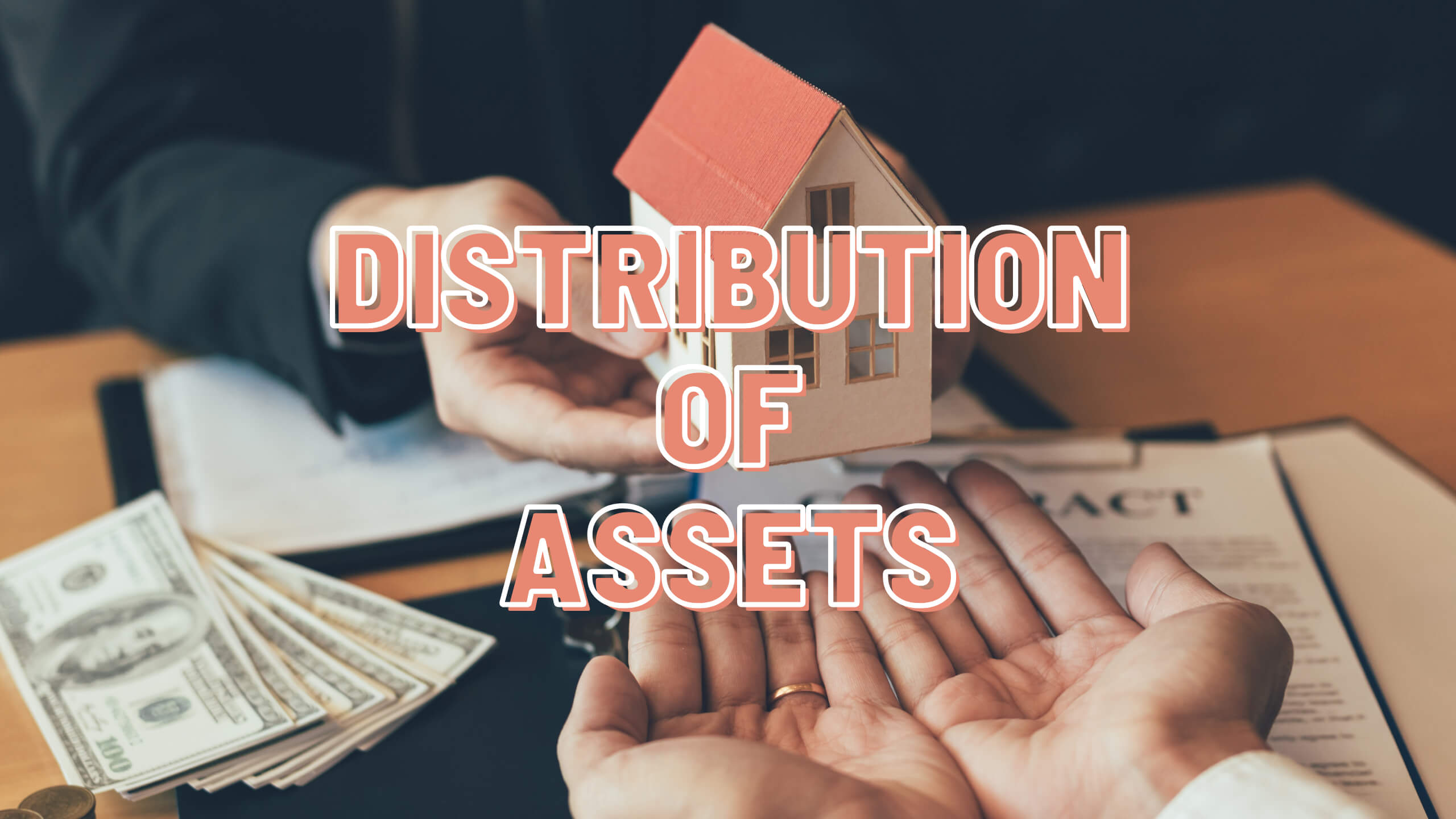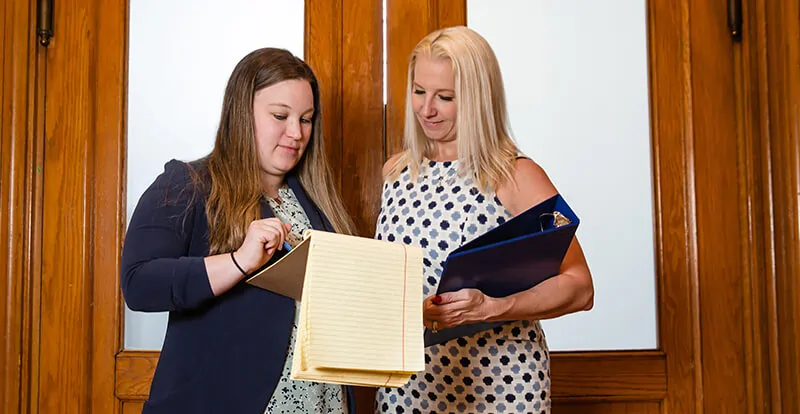The Distribution Of Assets

PART I: OWNERSHIP BASICS
As human beings, it is normal for us to assign feelings of ownership to things. Ownership is, in many ways, an expression of self. The things we create, earn, or otherwise acquire all say something about who we are, the limits of our capabilities, or even our place in society. The problem that we run into with a divorce is that our sense of personal ownership often does not align with the framework of legal ownership that relates to marriage. Where we believe that we may be the sole and exclusive owner of something, we find that we now have a shared claim with another person and that claim needs to be resolved or untangled.
To try and work towards that end, the state attempts to classify property into two distinct categories: Separate Property and Marital Property. Marital property is all of the things that were newly acquired during the marriage, or as a function of the marriage. Separate property is generally considered to be the things that were owned wholly and individually by either person prior to the marriage.
With these categories defined, there are few very important caveats we need to consider.
First, something that would have been considered separate property can become co-mingled, and the exclusive ownership is no longer defined. A good example of this is the marital home. People often invite their spouse to come live with them in the home that they owned prior to the marriage, but as time passes, the invited spouse may spend significant assets and resources repairing, maintaining, or upgrading the house. If the invited spouse contributes $50,000 to upgrade the kitchen and bath suite in the home, the original owner can’t continue to claim sole ownership. The property has become co-mingled and will be subject to scrutiny.
Second, in order for a piece of property to remain classified as separate from the marital property, it largely needs to be considered as unchanged. For example, a valuable collectable or piece of art will likely be awarded back to the original owner during a divorce. The ownership is easily identifiable, the asset isn’t something that is going to inherently change over time, and it’s not a property that can be easily be concerned with co-mingling.
Finally, just because something may be considered separate property, the court is not obligated to award that property back to the original owner. With good cause, the property may be considered with the same standards as the rest of the marital and co-mingled property.
Also, as a side note, when we’re talking about ownership of property, this also includes the ownership of debts.
PART II: THE STANDARD OF EQUITABILITY
There is a lot of mythology around divorce when it comes to how property is actually divided. Most people default to the assumption that you lose half of everything. Others think that they will get absolutely nothing if they made more than their spouse. While this gets fueled by TV and movies, the internet, or even that guy at the end of the bar who will readily volunteer that he got railroaded in his divorce, it’s not really accurate.
The standards to which the court in Massachusetts will review property division is “Fair and Equitable.”
Fair and equitable does not inherently mean that everything is going to be a 50/50 split. Though that can certainly be an option in some cases, the standard will instead work to assign a value to each piece of marital property and then weigh it against the facts of the marriage. How long were you married, how significant was the contribution of one spouse as a homemaker/stay-at-home parent, education and skills relative to earning potential, financial need and interests of children, health or disability, or other circumstances which would co-mingle an asset are some examples of factors which may affect a determination. Being granted the authority to weigh these factors, the court will do its best to fashion an outcome that keeps both parties on equal footing in terms of security (IE financial and housing stability).
PART III: THE EMOTIONAL WEIGHT
Except in specific circumstances, the distribution of assets will not be affected by the behavior of either party. Being sleazy and cheating on your spouse doesn’t negate your ownership of a home or your contributions to retirement savings. You would have to be able to prove that the cheating was a significant financial burden and drain on the marriage, where the cheating spouse was spending inordinate amounts of money and resources on the affair. Otherwise, the court just doesn’t want to hear about it.
This will be the hardest part of discussing asset division with your attorney or the opposing party. It doesn’t, and never will, feel right that someone whose actions directly led to the end of the marriage should get something from the divorce, but legal concepts of ownership overrule the personal ones. Being confronted with the possible loss of things you have personal attachment to will readily bring forward feelings of anger and jealousy. It’s vital that you stay focused and in front of that emotional response to ensure that you don’t lose something important to your personal goals.
That is where you should be looking, and that’s where the value of your legal team truly kicks in. They will deal with the heavy lifting and brokering to retain as much of the assets you most desire, while you can pivot to looking at the future. It’s going to suck no matter what way you cut it, but successfully getting through the more complex negotiations of valuation and property division will put you on a strong footing to recover post-divorce. Where you shed a lot of the possessions that are tied to this painful point of your life, you will be making space for new opportunities, new possessions, and new experiences that are wholly yours.


